Welcome to Arusha National Park, a jewel of northern Tanzania and one of the most diverse wildlife sanctuaries in East Africa. Nestled at the foot of Mount Meru, the park is a magnificent blend of lush forests, volcanic craters, sparkling lakes, and rolling grasslands. Join Bee Adventure Safari on an unforgettable day of exploration, where breathtaking scenery meets an abundance of wildlife — all just a short drive from Arusha or Moshi.
Though small in size at 552 square kilometers, Arusha National Park offers incredible ecological diversity, from montane forests teeming with colobus monkeys to open savannahs filled with giraffes, buffaloes, and zebras. It’s the only park in northern Tanzania where you can enjoy a tranquil walking safari amid wild giraffes or canoe across serene alkaline lakes dotted with flamingos. Dominated by the majestic Mount Meru — Tanzania’s second-highest peak — the park offers panoramic views of Mount Kilimanjaro and an unparalleled connection between wildlife, adventure, and breathtaking scenery.
Authentic Arusha Safari Experience
Located just 45 minutes from Arusha town, Arusha National Park is ideal for short safaris, day trips, and pre/post-Kilimanjaro adventures. It’s a compact park with incredible scenic variety, offering a taste of Tanzania’s wildlife without long drives.
Geographic Size
552 km²
Mammal Species
60+
Best Time to Visit
All year round (dry season: June–October for best views)
Most Famous For
Mount Meru, walking safaris, flamingos, and colobus monkeys
Montane Forests:
Covering the slopes of Mount Meru, these lush green forests are home to black-and-white colobus monkeys, blue monkeys, and numerous bird species. Misty trails and waterfalls make it one of the most peaceful hiking areas in Tanzania.
Ngurdoto Crater:
Often called the “Little Ngorongoro,” this volcanic crater features steep walls and a swampy floor teeming with buffaloes, warthogs, and waterbucks. The crater’s viewpoints offer spectacular panoramic views.
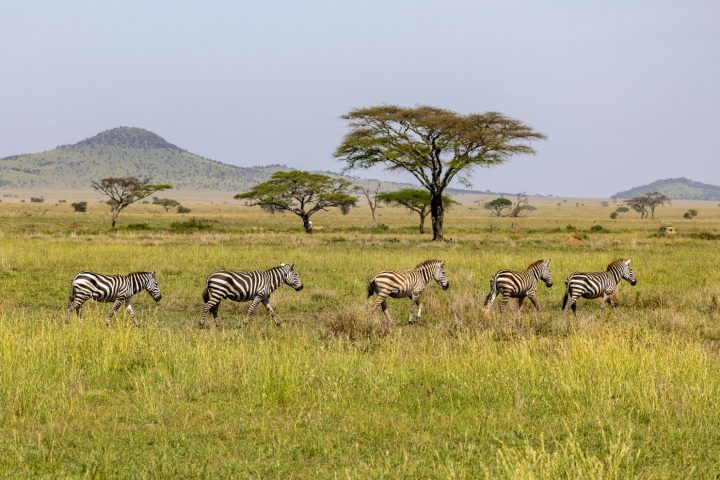
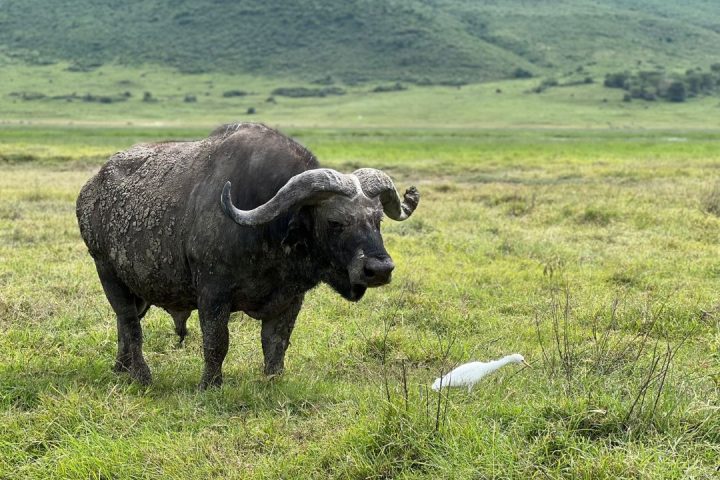
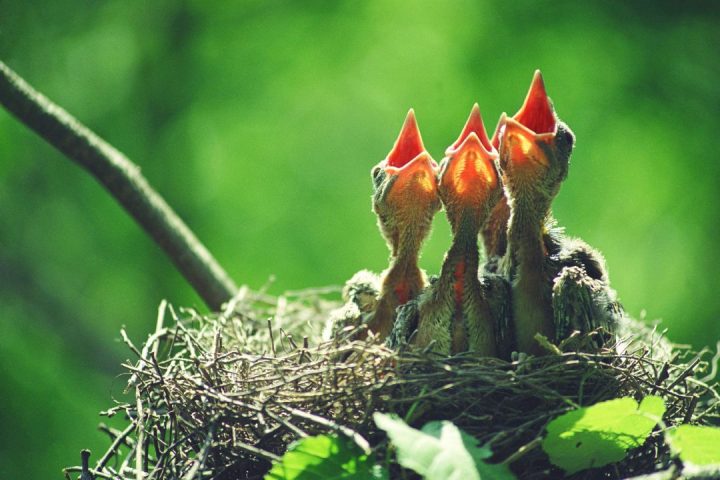
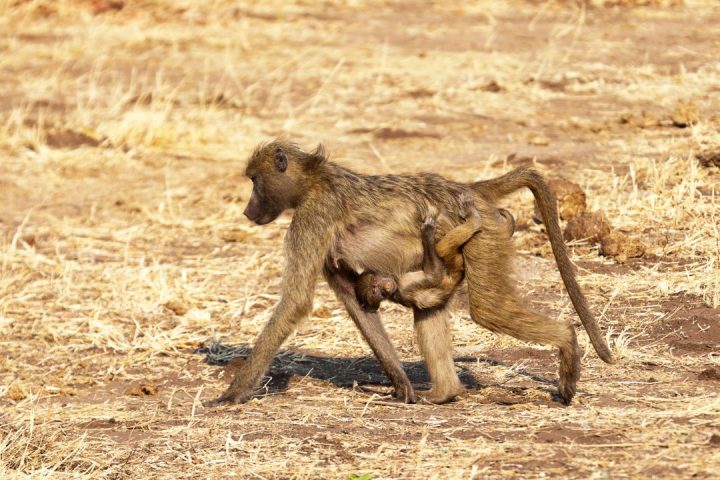
Momella Lakes:
A chain of shallow alkaline lakes, each with its own unique hue ranging from turquoise to jade. They attract flamingos, herons, and other waterbirds. Canoe safaris here provide a rare opportunity to see wildlife from the water.
Savannah Grasslands:
Located between Mount Meru’s forests and the crater, these open plains support herds of giraffes, zebras, and warthogs. Leopards and hyenas are occasionally sighted, and the plains are dotted with fig and acacia trees.
Mount Meru Slopes and Alpine Zones:
Rising to 4,566 meters, Mount Meru dominates the park’s skyline. Its upper slopes feature montane meadows, moorlands, and alpine zones with stunning views toward Mount Kilimanjaro — making it a perfect climb for adventure seekers.
Wildlife and Birds of Serengeti
Though smaller than other northern parks, Arusha National Park boasts remarkable biodiversity. You can encounter giraffes, buffaloes, zebras, warthogs, waterbucks, bushbucks, baboons, and colobus monkeys in a single game drive. The park’s forests also hide elusive leopards and serval cats. What makes Arusha unique is the opportunity to explore on foot — walking safaris with an armed ranger bring you closer to nature and allow you to appreciate the park’s beauty from a different perspective.
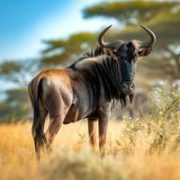
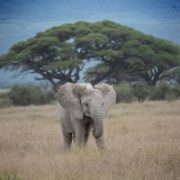
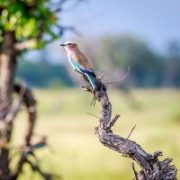
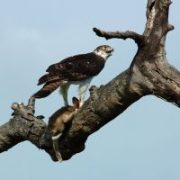
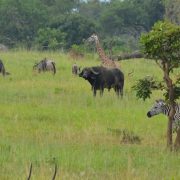
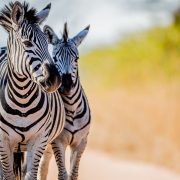
With over 400 bird species, Arusha National Park is a paradise for birdwatchers. The Momella Lakes are home to flamingos, Egyptian geese, herons, kingfishers, and cormorants, while the forests host turacos, hornbills, and barbets. Migratory birds visit between November and April, adding even more diversity. Whether by vehicle, canoe, or on foot, birdwatching in Arusha is an unforgettable experience.
Arusha National Park enjoys a temperate climate due to its altitude.
Dry Season (June–October): Clear skies, excellent for walking and game viewing.
Wet Season (November–May): Lush greenery, fewer tourists, and abundant birdlife.
Temperatures range from 13°C to 25°C, with cooler mornings and evenings. The park’s high altitude means it remains pleasantly cool year-round — perfect for outdoor exploration.

Arusha National Park FAQs
Where is Arusha National Park located?
The park lies northeast of Arusha town, between Mount Kilimanjaro and Mount Meru. It’s only about 45 minutes from Arusha and 1.5 hours from Kilimanjaro International Airport, making it ideal for short excursions.
How large is Arusha National Park?
Arusha National Park covers 552 square kilometers, making it one of Tanzania’s smaller but most ecologically varied parks.
What is Arusha National Park famous for?
It’s famous for Mount Meru, Momella Lakes, and the Ngurdoto Crater, as well as for being one of the few parks where walking and canoe safaris are permitted.
What wildlife can I expect to see?
Expect sightings of giraffes, buffaloes, zebras, warthogs, colobus monkeys, baboons, bushbucks, and waterbucks. While elephants and lions are rare, leopards and hyenas are occasionally seen.
Is Arusha National Park safe for tourists?
Yes. The park is well-managed and safe, especially when visiting with a licensed operator like Bee Adventure Safari. Walking safaris are always conducted under the supervision of an armed ranger.
When is the best time to visit Arusha?
Arusha can be visited year-round, but the dry season (June–October) is best for walking and clear mountain views. The wet season (November–May) offers lush landscapes and migratory birds.
What safari activities are available?
Activities include game drives, walking safaris, canoe safaris on Momella Lakes, birdwatching, and Mount Meru hiking. It’s also a great acclimatization destination before climbing Kilimanjaro.
How do I get to Arusha National Park?
Easily accessible by road — about 45 minutes from Arusha town or 1.5 hours from Kilimanjaro Airport. Daily transfers can be arranged by Bee Adventure Safari.
What should I pack?
Bring comfortable walking shoes, a light jacket, binoculars, a camera, sunscreen, and insect repellent. Neutral-colored clothing is recommended for blending into the environment.
Are there accommodations nearby?
Yes. Lodges and camps near the park include Hatari Lodge, Mount Meru View Lodge, Momella Wildlife Lodge, and numerous hotels in Arusha city, suitable for all budgets.
More Facts